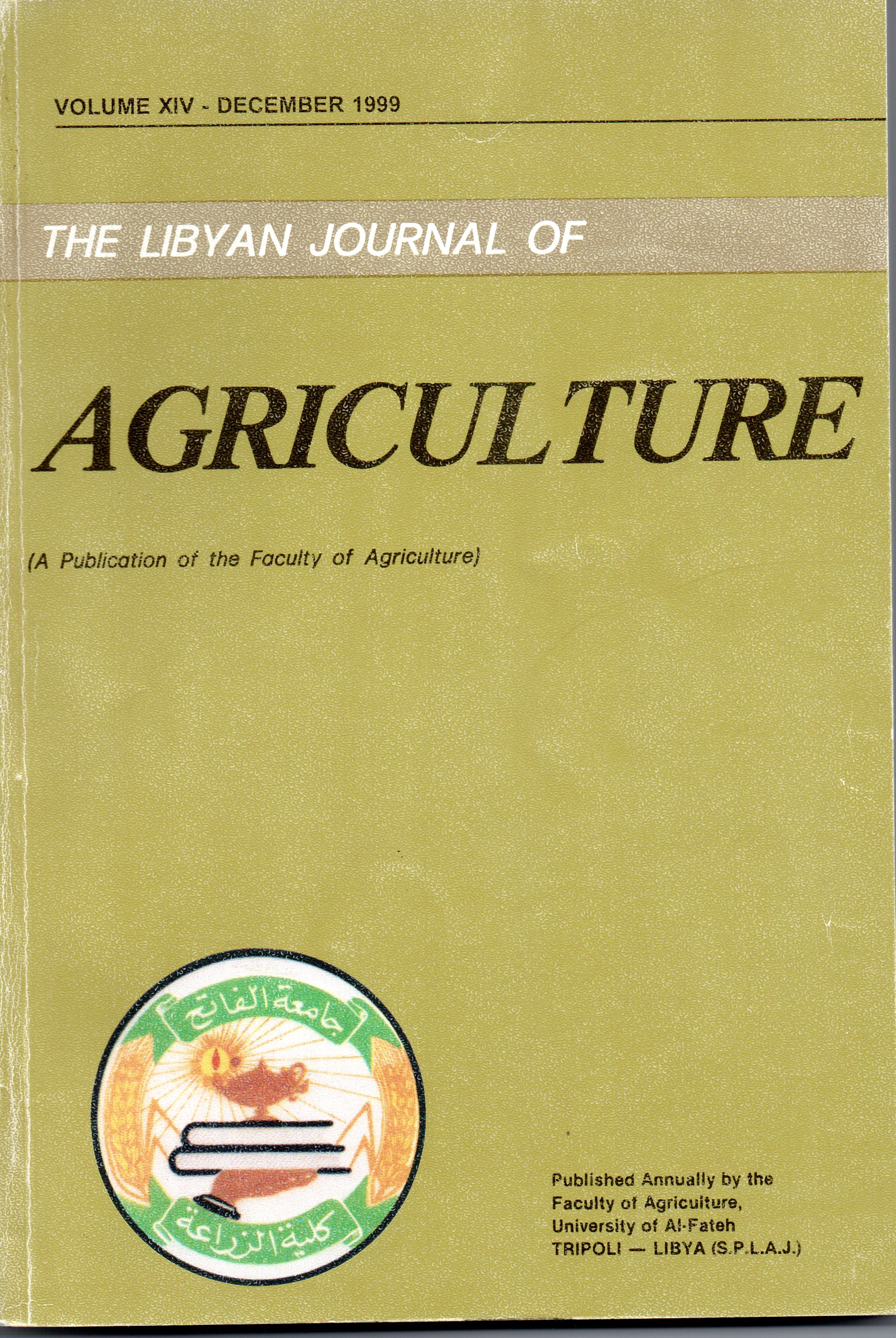Influence of Shading Intensity on Herbaceous Vegetation Production under Trees of Eucalyptus camaldulensis, Dehn.
Main Article Content
Abstract
Production of understory vegetation was studied under different shading intensities of mature to overmature Eucalyptus camaldulensis Dehn. trees, and compared to that of an adjacent open rangeland. Canopy coverage was measured directly through the multiplication of tree density, by tree crown area. The latter being a resultant of tree crown diameter measurements.
Results showed that canopy coverage gave a more accurate estimation of shading intensity than either of its two components: tree crown diameter, and tree density. Total vegetation production decreased (P<0.01) as a result of increased shading. Yields of grasses and shrubs were equally depressed under tree canopies compared to open range. However, the proportion of grasses over total vegetation was more adversely affected by higher shading intensities than that of shrubs, which remained fairly constant. In the open range, grasses made up 77.0% of the total herbaceous production. They also outyielded shrubs at all shading levels, except the highest one. Such uncommon grass predominance in Libyan rangelands was attributed to beneficial long-term protection of the study area from grazing.
Forbs responded quadratically to canopy coverage, and its parameters, while other herbage categories declined linearly. Tree crown diameter was found to be the best independent variable in linear yield prediction for grasses, shrubs, and total herbage. It was followed by canopy coverage, and then density. However, the latter parameter was strongly correlated (R; = 0.884) with the yield of forbs in a quadratic regression model. In this study, forbs were mostly represented by Plantago amplexicaulis Cav., which may therefore, require a particular forest microenvironment provided by moderate forest shading.

